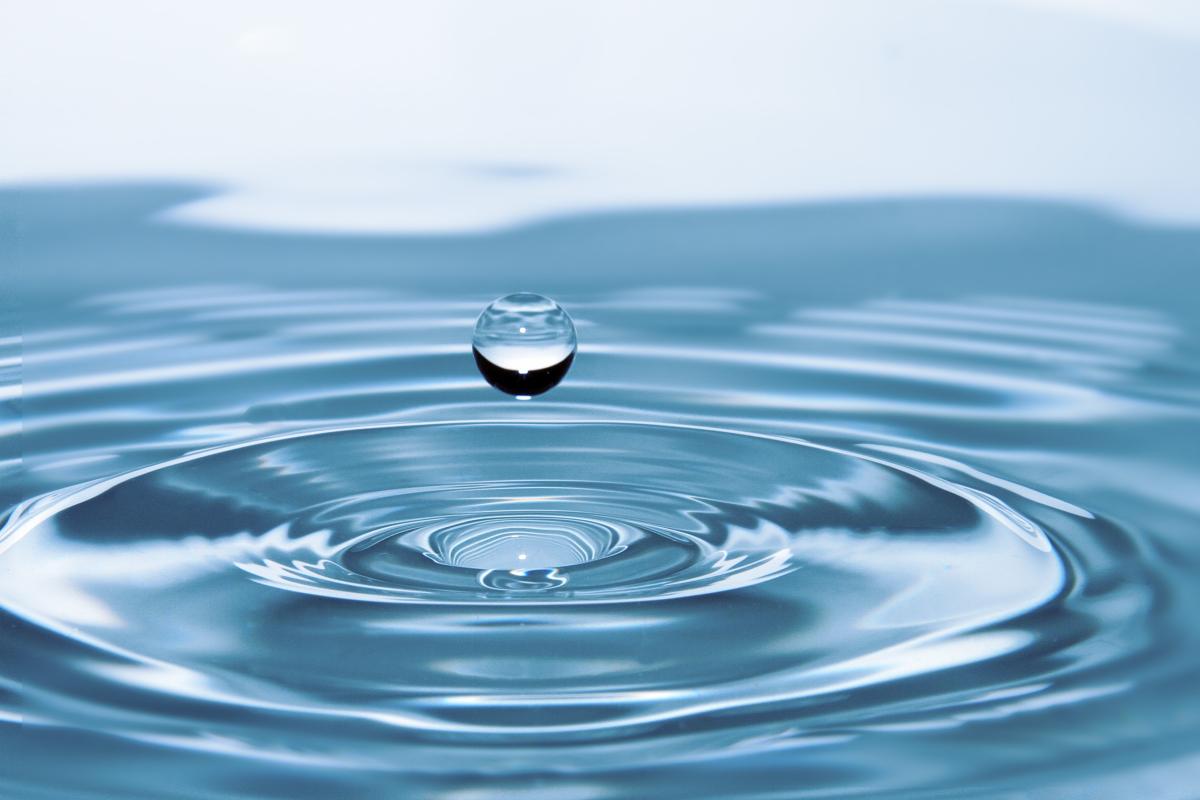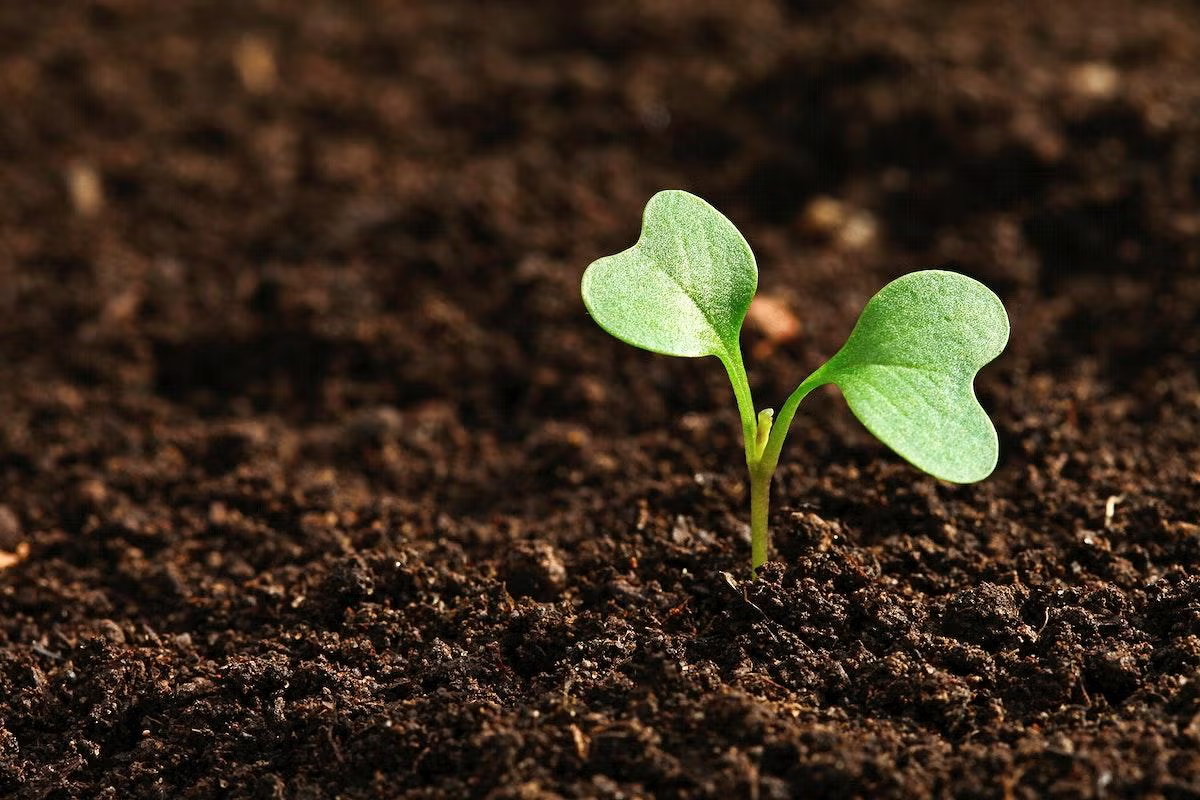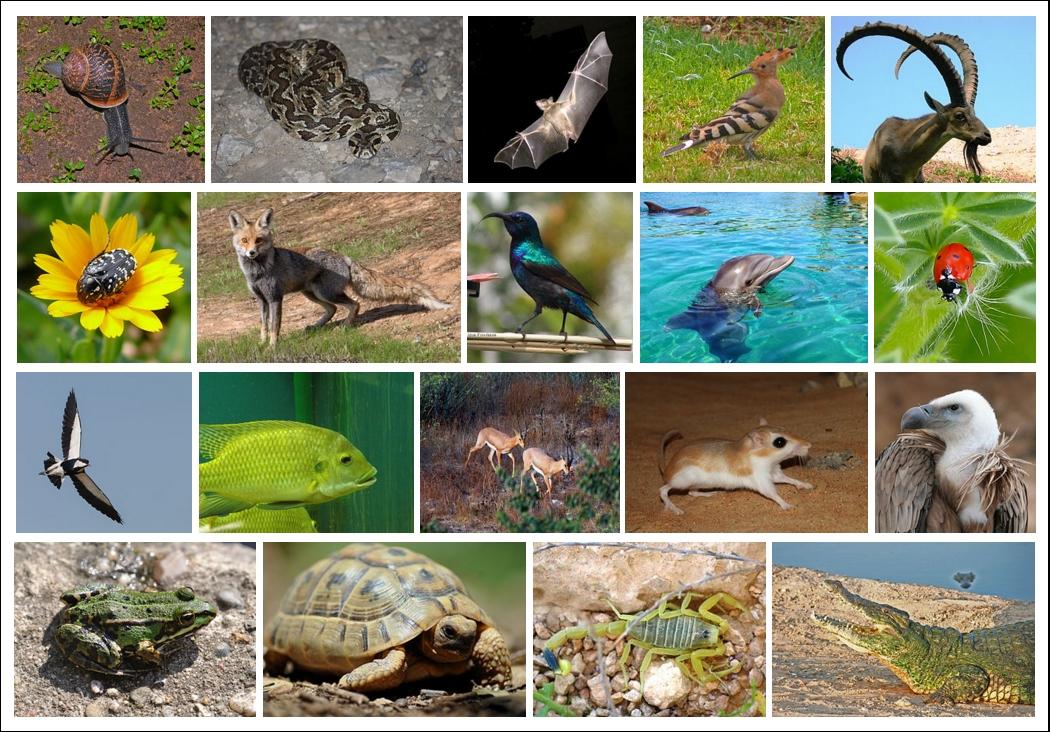
Habitats and Animal Adaptations: Lesson 1 of 4
by Linda Slade
In this lesson, students will research a variety of habitats. They will then use their research to document what they learned using technology. This information will be used in future lessons to build a model of a habitat and design an animal that will fit into the habitat.
This is the 1st lesson in a series of 4. Links to lessons and resources are included.
Lesson Grade Level
3rd GradeLesson Plan Link/URL
https://docs.google.com/presentation/d/189JU_SXAQN_m1v3oD0FrY454vgqfnHVH/edit?u…Related Content

Grades:
Kindergarten
This lesson provides the opportunity for kindergarten students to develop a mock oil spill and develop methods to help ocean life after an oil spill. Student will hypothesize methods that can

Grades:
6th Grade
Students will research and use math calculations to set up a classroom worm compost bin to compare to a classroom non-worm compost bin to be utilized for observation throughout the school year for

Grades:
9th Grade, 10th Grade, 11th Grade, 12th Grade
In this creative lesson, students choose to be heroes saving an endangered species or to be villains eradicating an endangered species. They create their origin story, finance a plan, and end with a